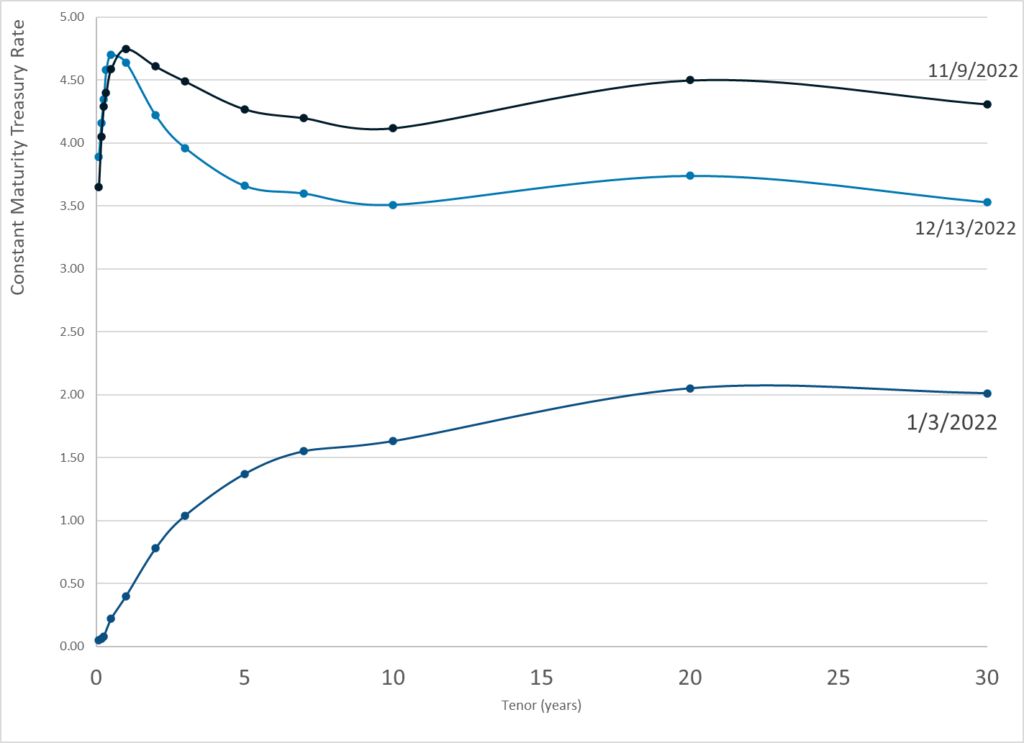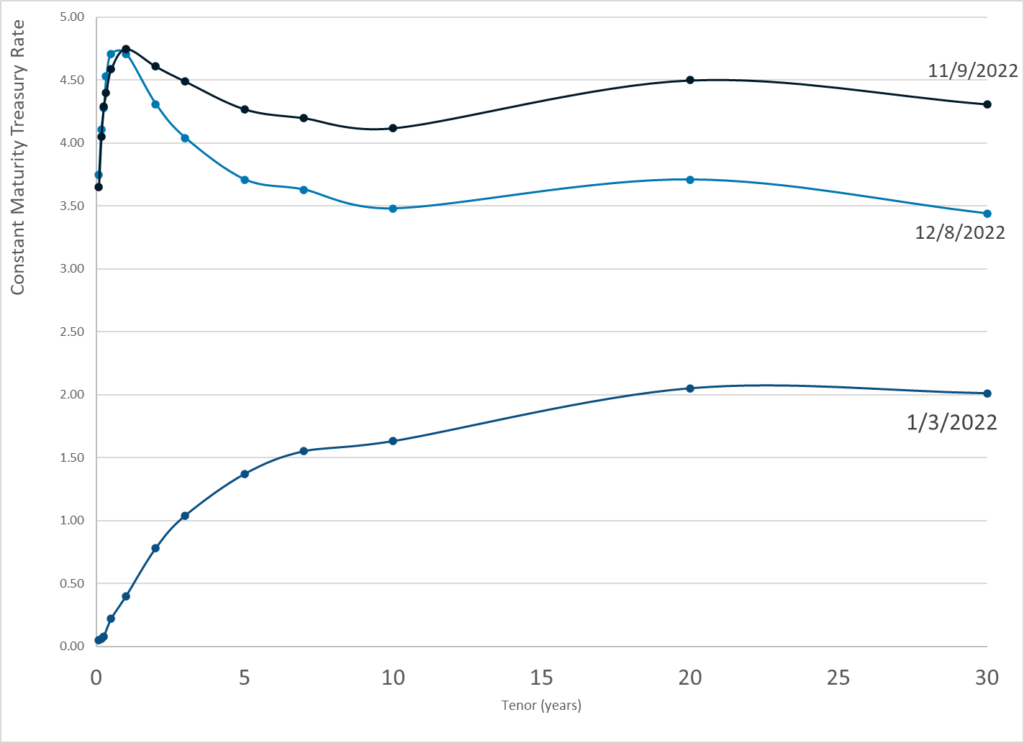Link: https://www.foxbusiness.com/markets/arizona-divesting-funds-from-blackrock-over-esg-push
Excerpt:
Arizona is forging ahead with its plan to pull the state’s funds from BlackRock due to concerns over the massive investment firm’s push for environmental, social, and governance (ESG) policies that have led other states to take similar actions.
Arizona Treasurer Kimberly Yee said in a statement released Thursday that the state treasury’s Investment Risk Management Committee (IRMC) began to assess the relationship between the state’s trust fund and BlackRock in late 2021.
“Part of the review by IRMC involved reading the annual letters by CEO Larry Fink, which in recent years, began dictating to businesses in the United States to follow his personal political beliefs,” Yee wrote. “In short, BlackRock moved from a traditional asset manager to a political action committee. Our internal investment team believed this moved the firm away from its fiduciary duty in general as an asset manager.”
In response to those findings, Yee noted that Arizona began to divest over $543 million from BlackRock money market funds in February 2022 and “reduced our direct exposure to BlackRock by 97%” over the course of the year. Yee added that Arizona “will continue to reduce our remaining exposure in BlackRock over time in a phased in approach that takes into consideration safe and prudent investment strategy that protects the taxpayers.”
….
Florida’s chief financial officer announced recently that the state’s treasury is taking action to remove about $2 billion in assets from BlackRock’s stewardship before the end of this year. In October, Louisiana and Missouri announced they would reallocate state pension funds away from BlackRock, which amounted to roughly $1.3 billion in combined assets. Taken together with Arizona’s divestment, roughly $3.8 billion in state funds have been divested from BlackRock by those four states alone.
Additionally, North Carolina’s state treasurer has called for BlackRock CEO Larry Fink’s resignation and the Texas legislature has subpoenaed BlackRock for financial documents.
The investment firm has also taken heat from activists who argue BlackRock isn’t doing enough to follow through with its ESG commitments. New York City Comptroller Brad Lander wrote to Fink in September citing an “alarming” contradiction between the company’s words and its deeds. Lander wrote, “BlackRock cannot simultaneously declare that climate risk is a systemic financial risk and argue that BlackRock has no role in mitigating the risks that climate change poses to its investments by supporting decarbonization in the real economy.”
Author(s): Eric Revell
Publication Date: 11 Dec 2022
Publication Site: Fox Business





